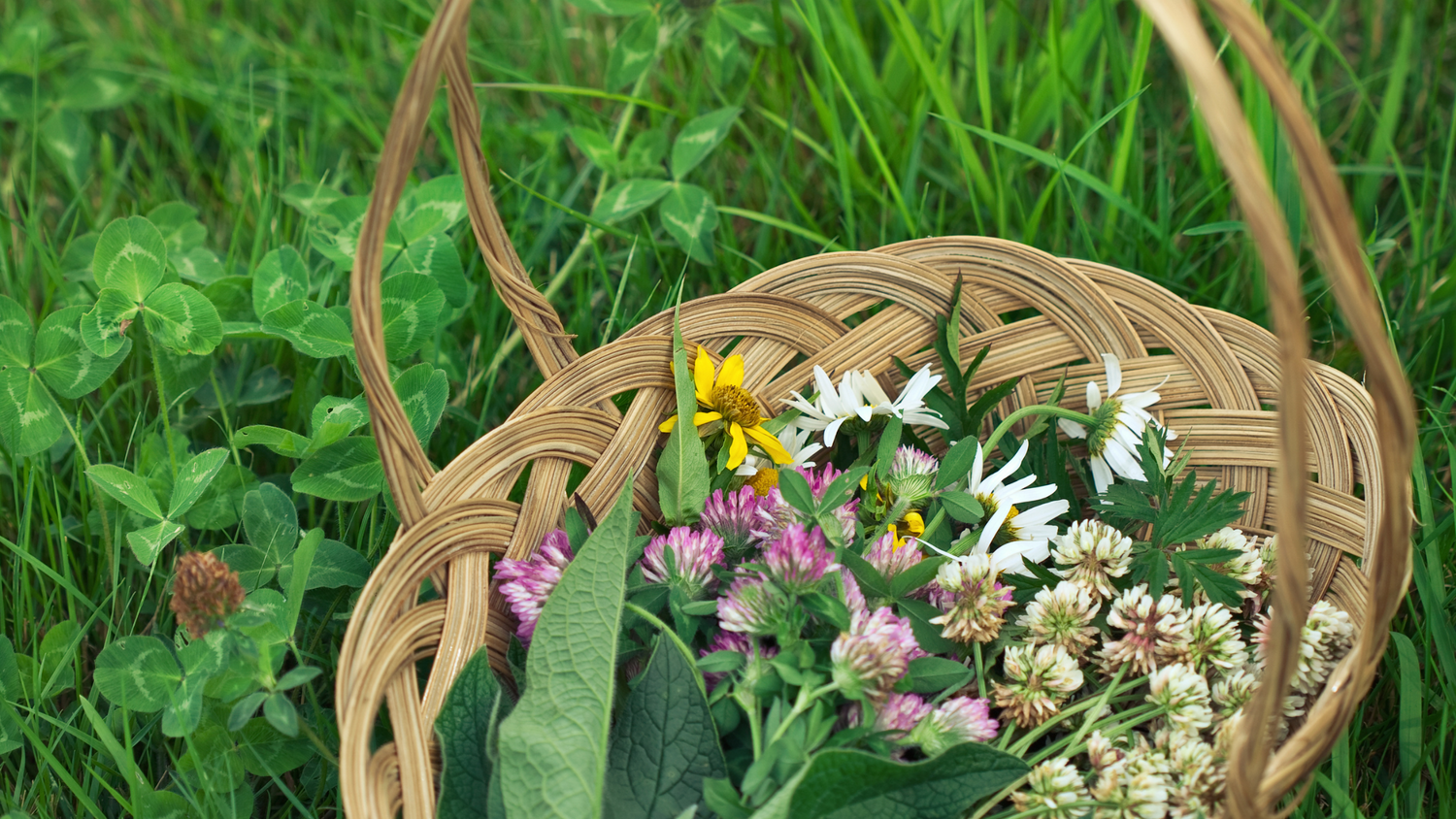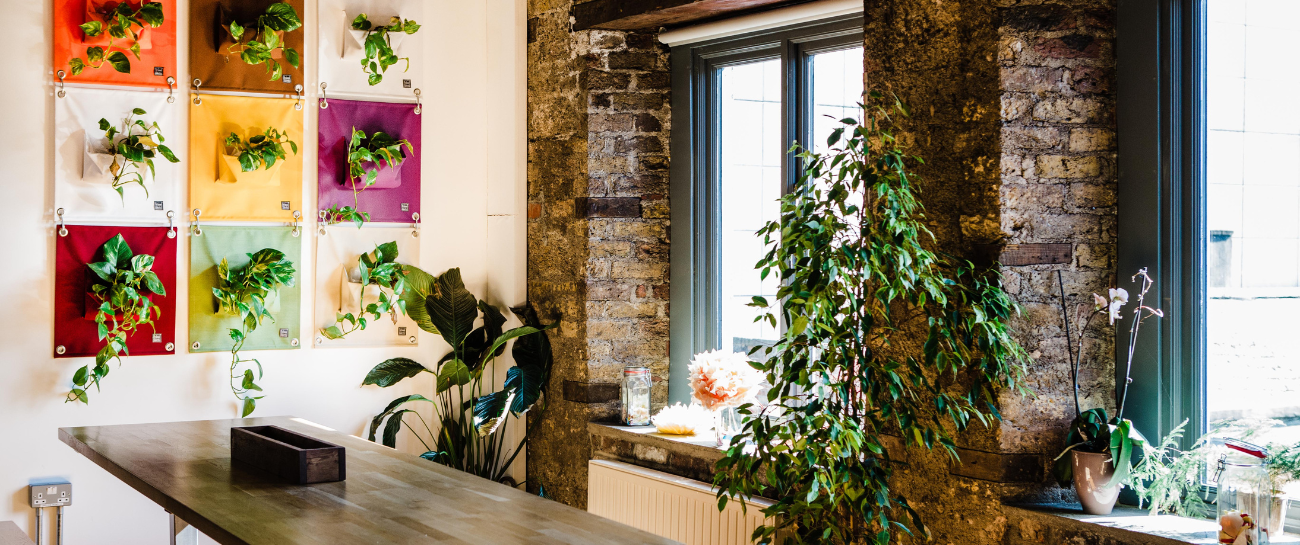It happens every year. The clocks go back, and literally like clockwork, your houseplants start to look a bit limp. Leaves start turning yellow, and they just look generally a little sad.
This is a hard time of year for your indoor plant friends, especially if you live in Ireland, where our days are particularly dark and short. But not to worry! We’ve collated our top 5 winter care tips to keep your indoor plants thriving (not just surviving) throughout the next few months.
Top 5 Winter Care Tips
Different plant species can vary considerably in their winter care needs, so always do a little research to learn the particular needs of your plants. The following tips offer a good general guideline, but the precise requirements vary considerably depending on the species, size, origin, location etc.

Tweak your watering schedule
Yellow leaves? Annoying little flies buzzing around your pot? Mouldy soil? These are all symptoms of too much winter watering.
While it's true that winter air is drier, plants experience a slower growth rate during colder months; some even go completely dormant. Therefore, plants need less water to keep hydrated, and overwatering can lead to root rot.
As we mentioned already, different plants have different water needs. Drought-tolerant cacti and other succulents might not need watering at all, while some tropicals might still require more regular watering.
As a general rule of thumb, we recommend checking the soil with your finger. Once the top couple of inches are dry, it’s time to bring out the watering can.
💡 Pro Tip: Use room temperature water to avoid shocking the plant's roots! ❄️

Adjust humidity levels
Indoor air is extremely dry during the winter; in fact, humidity levels can drop to just 10-20% in heated homes. Most indoor plants prefer levels closer to 50%, making maintaining suitable humidity levels a little challenging for most indoor plant owners.
As soon as you turn the heating on in your homes, the humidity drops drastically. Your plants will react to that. Leaves can go limp or dry out, start to curl or even turn a sickly shade of yellow or brown.
To boost your humidity levels and keep your plants happy, there are several options:
- Group your plants. Plants naturally release water through their leaves by transpiring, so grouping them will put that moisture to good use. Bathrooms and kitchens are the best rooms to congregate your plants because they absorb moisture from showers and cooking.
- Place your plants on or close to a shallow plate or tray of water. Remember that many indoor plants cannot tolerate standing in water, and in some cases, it can lead to root rot. We recommend adding pebbles or stones to the bottom of your tray to keep the roots away from water.
- Mist your plants frequently yet lightly with room temperature water. Be aware that this only boosts the humidity around your plant for a very short time and is not a permanent solution. It’s also important to be mindful that not all plants tolerate misting. Do your research on each specific plant before you grab that spray bottle.

Consider temperature changes
Our indoor heating habits can change quite dramatically during colder winter months. From switching on the heating to more regular drops in temperatures, we can really put our plants through the wringer.
To combat this, consider moving your indoor plants to a new location away from heat sources such as radiators, ovens or open fires and keep them away from cold, draughty areas.

Chase the sun
Most plant owners will know that sunlight is one of the key ingredients for happy, healthy plants. Not so easy in the winter, right?! Not only are there fewer hours of daylight during winter, but the rays also come in at a lower angle.
Your plants need all the light they can get this time of year. Consider relocating your plants to areas that catch the most sunlight during the day. Rotate your pots regularly to allow even exposure on all sides of the plant.
Here are some of our top tips for getting the most light exposure possible:
- If you don’t have a sunny window or your home is particularly dark, you can consider enlisting the help of artificial lights
- giving your windows a quick clean to allow maximum light to get through
- Wipe plant leaves with a soft, damp cloth so the leaves can absorb light more effectively.
💡 Pro tip: Layers of dust can build up quickly on plants during winter. Remove dust from leaves with a damp cloth to allow easier access to what little light there is!

Skip the fertiliser
Most houseplants don't need any fertiliser in winter because they are not growing as actively. Houseplant winter care involves changing the way you usually feed plants, as you don’t want to encourage new growth when the plant is entering its dormant period. Cut back on feeding during the fall and withhold fertiliser entirely during the winter months. Resume regular feeding when you see new growth in spring.
💡 Found this blog helpful?
You’ll love our Instagram page, where we share regular indoor plant care tips.
Connect with us today @plantstoreireland





